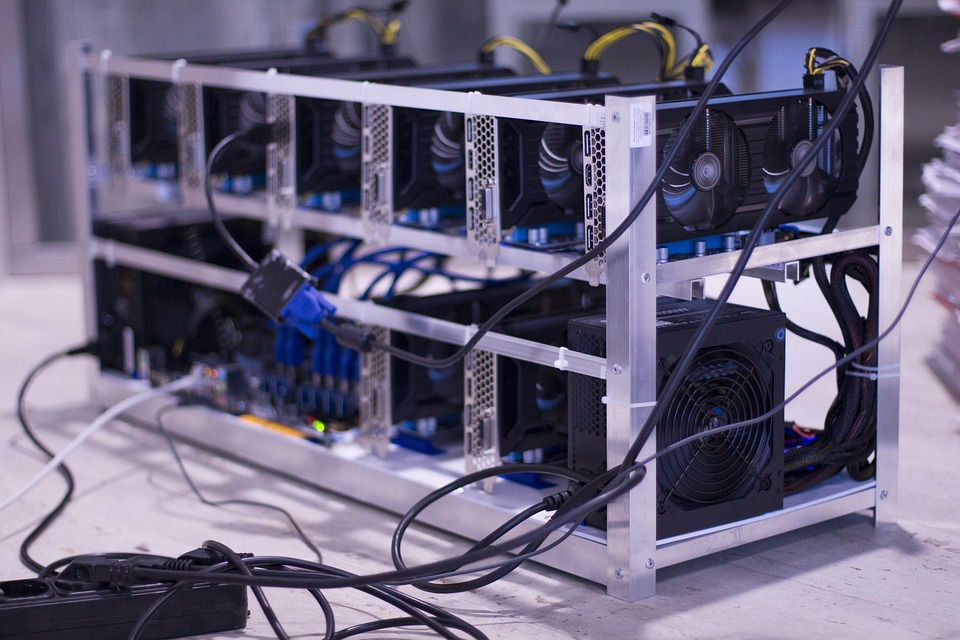[ad_1]
Decentralized Finance (DeFi) has emerged as one of the most transformative trends in the financial sector over the past few years. Leveraging blockchain technology, DeFi eliminates intermediaries and offers a myriad of financial services in a decentralized manner. This shift has profound implications for consumers, investors, and the overall financial landscape.
Understanding Decentralized Finance
DeFi refers to the suite of financial applications built on blockchain networks, primarily Ethereum. These applications aim to recreate and improve traditional financial systems with greater transparency, accessibility, and efficiency. Some of the core components of DeFi include:
- Decentralized Exchanges (DEXs): Platforms that facilitate the trading of cryptocurrencies without the need for an intermediary.
- Lending and Borrowing Protocols: Services that enable users to lend their cryptocurrency and earn interest or borrow against their assets.
- Stablecoins: Digital currencies that aim to maintain a stable value, often pegged to traditional currencies.
- Yield Farming: Strategies that allow investors to earn rewards by providing liquidity to DeFi projects.
Key Benefits of DeFi
The rise of DeFi comes with several notable advantages:
1. Accessibility
DeFi platforms are open to anyone with internet access and a cryptocurrency wallet. This inclusivity empowers individuals in regions with limited financial infrastructure to participate in global finance.
2. Transparency
Transactions on blockchain are publicly verifiable, fostering trust among users. Smart contracts execute transactions automatically based on pre-defined conditions, removing the ambiguity often associated with traditional banking.
3. Lower Fees
By eliminating intermediaries, DeFi reduces transaction fees and barriers to entry, enabling users to retain more of their assets.
4. Composability
DeFi enables different platforms to build on each other. This “money legos” approach allows developers to create innovative financial products rapidly, enhancing the ecosystem’s evolution.
Challenges and Risks
Despite its advantages, DeFi is not without challenges:
1. Smart Contract Vulnerabilities
Smart contracts, while efficient, can have bugs or vulnerabilities that hackers may exploit, resulting in significant financial losses.
2. Regulatory Uncertainty
The DeFi space operates outside traditional regulatory frameworks, leading to potential legal issues for users and developers alike.
3. Lack of Consumer Protections
Unlike traditional banks, DeFi platforms often lack consumer protections. Users must be diligent in managing their assets and understanding how protocols function.
Real-world Applications of DeFi
Numerous exciting applications demonstrate the potential of DeFi:
- Tokenized Assets: Real estate and other assets can be tokenized, enabling fractional ownership and increased liquidity.
- Insurance: DeFi insurance protocols cover risks related to cryptocurrency investments, providing users with peace of mind.
- Decentralized Autonomous Organizations (DAOs): Organizations governed by smart contracts enable community-driven decision-making.
The Future of DeFi
The future of DeFi seems bright, with ongoing innovation and increased investment pouring into the space. As interoperability between different blockchains improves, users will enjoy a seamless experience across various DeFi platforms. Furthermore, collaboration with traditional finance could lead to hybrid systems that merge the best of both worlds.
Conclusion
Decentralized Finance is reshaping the financial landscape, making financial services more accessible, transparent, and efficient. While challenges remain, the potential benefits far outweigh the drawbacks as the sector continues to evolve. With ongoing advancements and increasing interest from both developers and users, DeFi is poised to redefine how we view and interact with finance in the years to come.
FAQs
What is DeFi?
DeFi, or Decentralized Finance, refers to financial services that are built on blockchain technology, enabling peer-to-peer transactions without intermediaries.
How does DeFi differ from traditional finance?
DeFi operates on a decentralized network and eliminates intermediaries, whereas traditional finance relies on centralized institutions like banks and brokers.
What are the risks associated with DeFi?
Risks include smart contract vulnerabilities, regulatory uncertainty, and a lack of consumer protections.
Can anyone access DeFi services?
Yes, anyone with an internet connection and a cryptocurrency wallet can access DeFi services.
What is liquidity mining?
Liquidity mining is the process of providing liquidity to a DeFi protocol in exchange for rewards, often in the form of tokens.
[ad_2]
